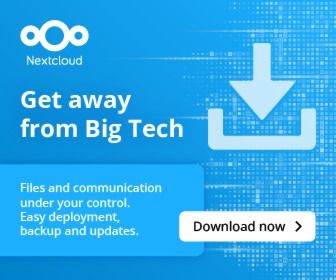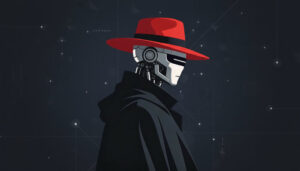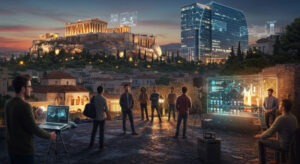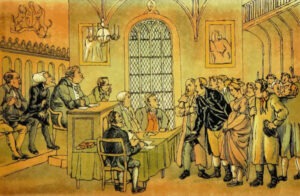DoorDash thinks we’re supposed to be impressed that it’s working to keep its drivers safe. We ask, isn’t that just what they should be expected to do? We have a suggestion about something they should do if they really want to impress us with their efforts.
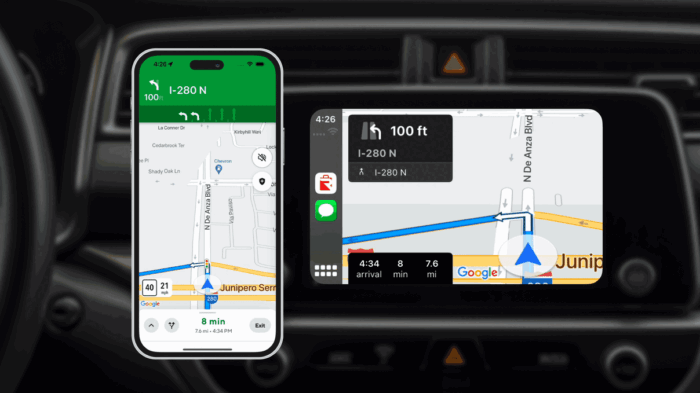
I don’t know whether this should be a kudos or brickbats story.
It seems that DoorDash, a company that’s responsible for lots of greenhouse gasses getting pumped into our atmosphere, announced on Friday that it’s added new safety features into the app that the company uses to dispatch its drivers to pick-up food to deliver to its customers.
In something of a boilerplate statement, the company said, “We take safety seriously, which is why we’re always looking for new and innovative ways to help promote safe driving.”
Of course they do and of course they are.
The “new” part includes a feature called Driving Insights that rolled out for testing this summer to “Dashers” (not known whether Christmas, Inc plans to sue for the obvious trademark infringement) in Phoenix and Salt Lake City. Since then, the company said it’s seen “encouraging response,” which I suppose means that insurance companies liked it enough to say they might lower their rates, so they’re now rolling it out in Atlanta, Houston, Dallas, Detroit, Cleveland, Miami, Charlotte, and Palm Beach.
Driving Insights is sort of a driver awareness feature that repurposes information that DoorDash’s app is already gathering to notify the dashing driver of the number of times the brakes were slammed to avoid hitting a squirrel or the accelerator was pounded with enough force to lay enough rubber on the road to impress some girl (or guy) who’s along for the ride. I guess the theory is that upon receiving the notification, the driver will realize that the company has an eye on his or her driving habits, which will lead to better driving.
The company has also already rolled out another feature called Apple CarPlay Integration, which drivers can use to sync their iPhone’s interface with their car’s built-in entertainment and information systems, which gives them a bigger display which I guess means more safety (your experience may vary). This feature is currently being tested in 17 markets across the US.
This feature gets an automatic brickbat (remember, kudos and brickbats?) because it requires an iPhone, which is a pretty damned expensive device when compared to a Linux-based Android. I have to ask: if this eventually gets rolled out nationwide will it mean that DoorDash drivers will be required to have an iPhone instead of a dependable and more affordable Galaxy? Hardly seems fair, unless they’re going to spring for the Apple device.
Another feature that’s now available to their drivers everywhere is called Speed Limit Notification on In-App Navigation, which is exactly the same thing that Google already does when they’re giving you directions to the closest drive through liquor store, so I can skip explaining that because you already know how it works.
The company wants everybody to know that new safety features like these, while new, are nothing… well, new.
“These new safety features build on several new safety features that were launched earlier this year, including reducing in-app notifications and communications while driving, rolling out one-tap responses to help Dashers focus on the road and complete orders safely, and making it simpler to decline orders,” the company said in a statement it released on Friday.
So what’s it going to be? Kudos or brickbats?
We all know that road safety is deadly serious business (with the keyword being, potentially, “deadly”), so I’m willing to give them a small kudo for that, but only if I hand them a small brickbat at the same time.
Why?
Well, I figure that the task of working to keep its delivery team safe should already be part of DoorDash’s job as a delivery company. So, bragging about it is attempting to make hay from doing something it should just be expected to do.
Do you know what would really impress me? I’d give them plenty of Kudos, and a couple of weeks of free advertising to boot, if they’d license this cool, groovy, and safety oriented dispatching software they’ve written under a copyleft license like the GPL and make it available to Uber and Lyft (including Uber Eats and taxicab companies).
Right now, by the looks of it, the company is awfully proprietary with its software. That, my friends, warrants another brickbat — and a large one.
Christine Hall has been a journalist since 1971. In 2001, she began writing a weekly consumer computer column and started covering Linux and FOSS in 2002 after making the switch to GNU/Linux. Follow her on Twitter: @BrideOfLinux


